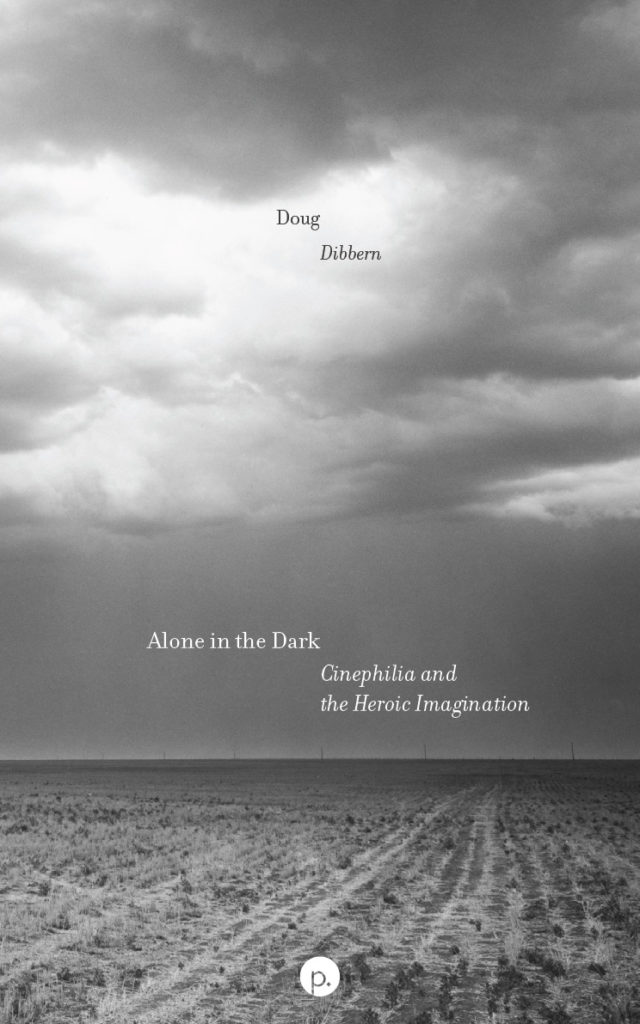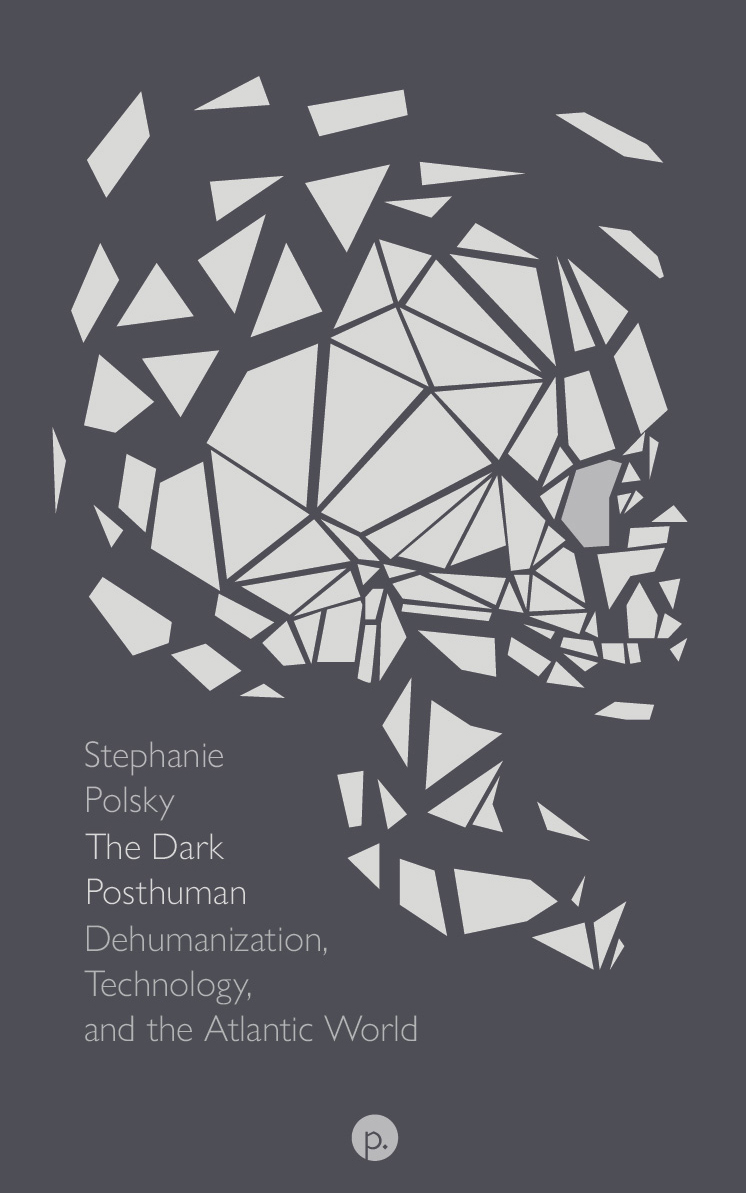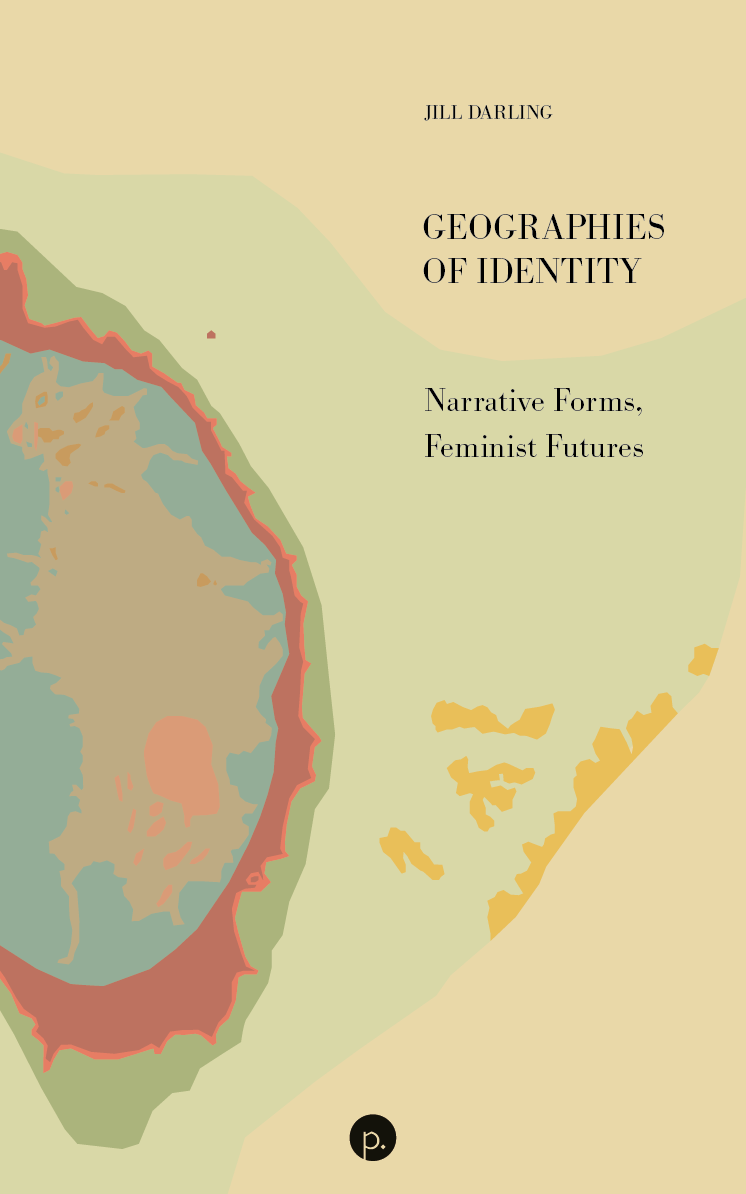Alone in the Dark is an experimental memoir – or perhaps, more accurately, an anti-memoir or fabulist memoir, some unruly combination of essay, prose poem, and floating reverie that examines the relationship between one’s cultural heritage and one’s aesthetic devotions. Unlike a traditional autobiography that details the chronological events of a person’s life, the book begins with the obsessive moviegoing of Dibbern’s early years in New York and then unfurls as a fevered rumination on the role that an excessive love of art plays in shaping ideas about one’s identity.
The book opens with the American premiere of the Hungarian filmmaker Béla Tarr’s harrowing, eight-hour-long magnum opus Sátántangó in 1998 as an emblematic cinephile experience. Dibbern then frames the book by asking, why would anyone devote the bulk of their waking hours to such a compulsive pursuit of a seemingly passive experience of art? Sitting alone in a darkened movie theater, he suggests, is not a passive, but a creative act: developing an aesthetic taste, after all, is central to defining our identities. And taste is the product of two contradictory impulses: the will to simultaneously embrace and escape the values of our cultural backgrounds that made us who we are.
With these conjectures as the jumping-off point, the book commences its discursive explorations, wending and weaving between topics as diverse as Carl Jung’s theories of the collective unconscious, Carl Theodor Dreyer’s Ordet, old family photo albums, nineteenth-century immigration to North Dakota, the actress Gena Rowlands’s histrionic mental breakdowns, the self-portraits that the Mandan chief Mato-Tope made in the 1830s, and the dizzyingly joyful suicidal games in Howard Hawks’s film about aviation, Only Angels Have Wings.




